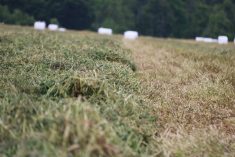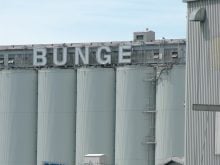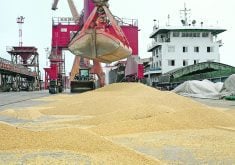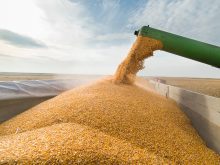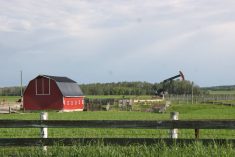The drought in the United States southern plains that sapped the hard red winter wheat crop is now devastating cattle herds there.
Ranchers without feed in Texas and Oklahoma are culling herds, causing a temporary increase in the number of cattle in feedlots.
Packers will have adequate supply of slaughter cattle for a few months, but the drought-forced liquidation means that the already small U.S. cattle herd will be even smaller next year.
Beef prices that hit records this year will likely post new records next year.
Read Also
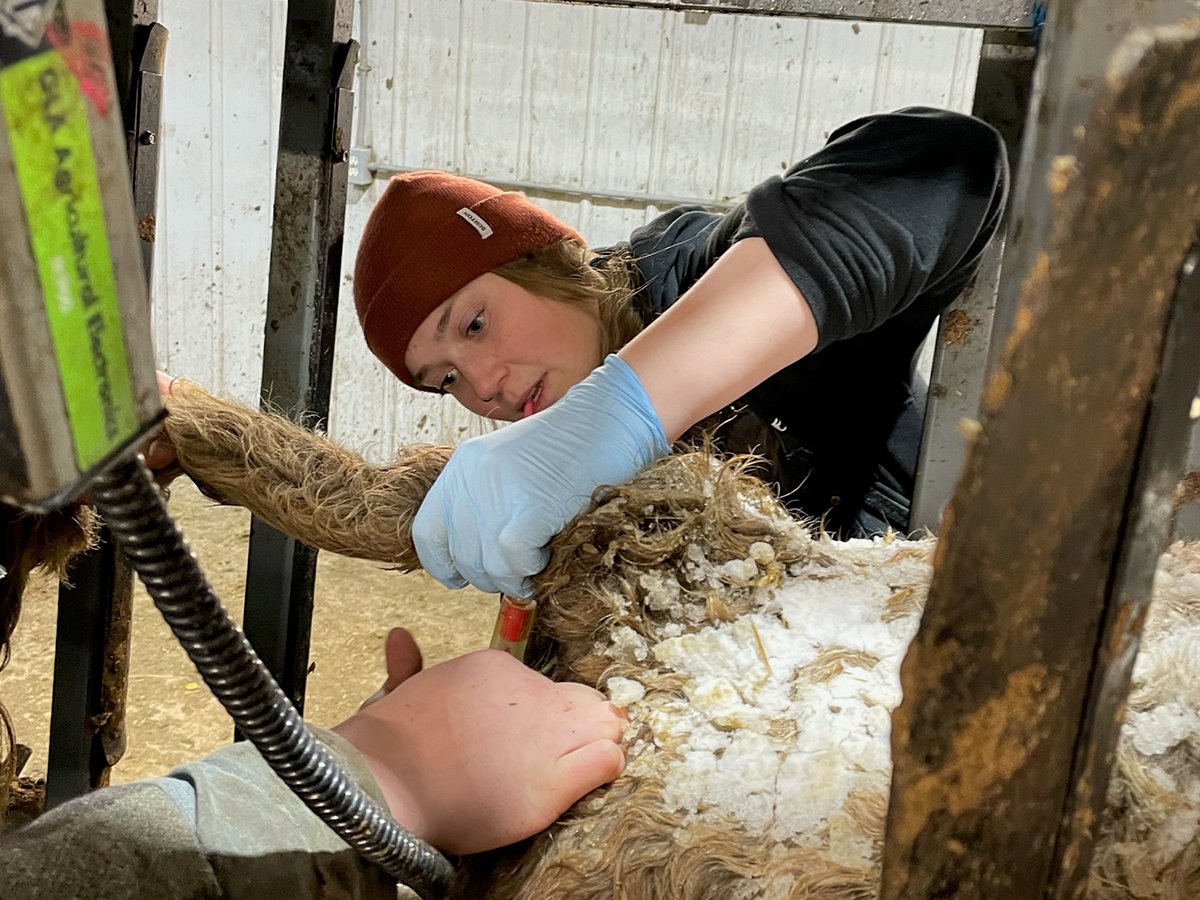
Pen riders better than tech at detecting respiratory disease in feedlot cattle, says researcher
Katrina Garneau’s recent research found that pen riders are better than technology at flagging signs of BRD in feedlot cattle.
The United States Department of Agriculture on July 22 reported July 1 feedlot supply was 10.07 million, up four percent compared to last year at the same time. Placements in June were 1.63 million, also four percent above last year, as the drought forced cattle from grass into feedlots.
That was above expectations and pressured nearby cattle futures months lower, but was supportive of the December contract and into 2012.
Beef cow slaughter in the drought region is also up. Although overall, U.S. cow slaughter is down so far this year, in the drought region it is up 16 percent. In recent weeks, cow slaughter in the drought region is up 35 percent over last year in the same period.
No one likes to see our American neighbours suffering, but the future strong cattle prices that will result from this liquidation will be welcome in Canada.
Strong meat exports to Asia are also supporting cattle prices, offsetting what could have been weak demand because of high unemployment in the U.S.
The prospect of good cattle prices well into next year is great news for Canadian cow-calf producers who have suffered since BSE in 2003, allowing them to mend their balance sheets and perhaps think about starting to rebuild their herds.



